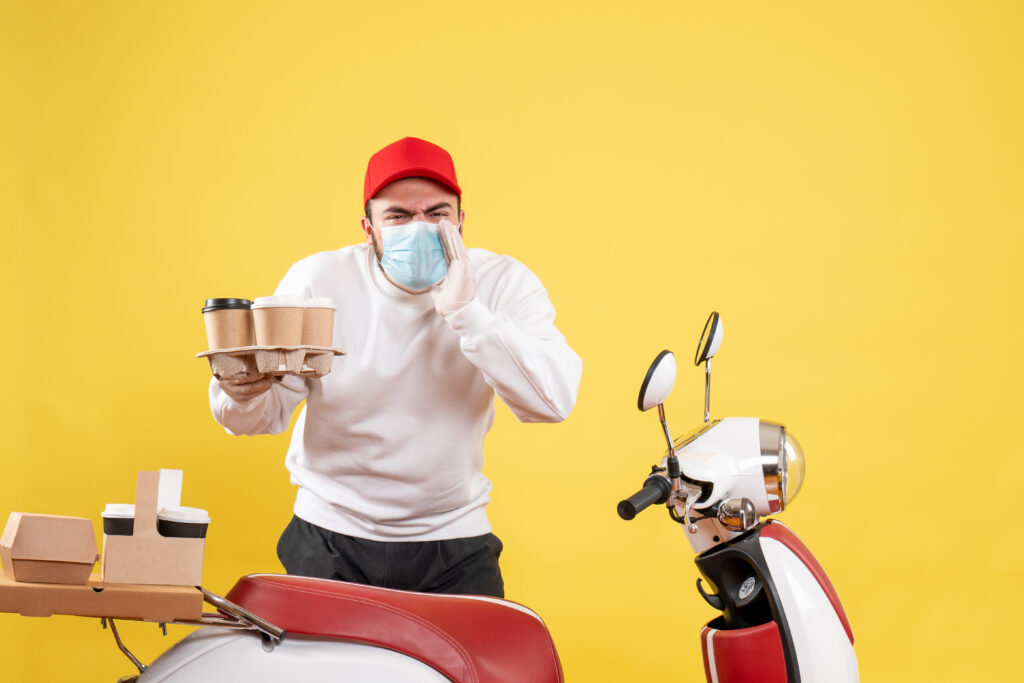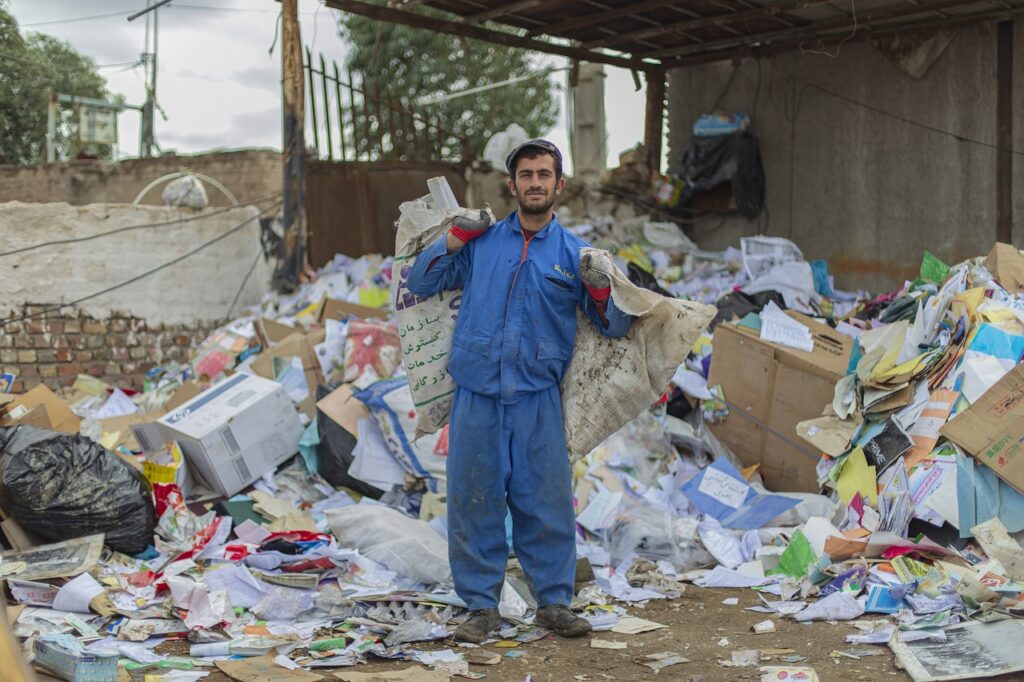Environmental Conditions to measure:
- Soil Temperature
- Environment Temperature
- Soil moisture level
- Humidity
- Air Quality
- Light level
The device is more suitable for hydroponics such as Salads, Carrot, cabbage etc. The Sensors in the device are used to measure the environmental conditions that are essential for the plants. The sensor data are then directed to ESP32 module through pins. These sensor data are then processed and uploaded to the server from the ESP32 module using an internet service provider. Blynk Framework is used to control ESP32 module data though the internet to the DB using a Wi-Fi router. Then a farmer will get the opportunity to access these information and further analysis from anywhere through the mobile or web application. The real time information and the analysis are updated to the client. The device is powered when the 5v 1A power supply is connected to devices 12v DC socket.
Current procedure
The population of the past is very low hence they were able to manage entire simple farm alone. Traditional farmers are more focused to maintain their agricultural activities alone as the system was passed through the generation. Due to the overpopulation which has caused a crisis in the present. It is impossible to control the effects of overpopulation as they need additional requirement. Immediate responses to fulfill these requirements is a must. Farmers should invent new paths to improve their productivity. Human traditional methods are not sufficient for the current crisis. They need technological support to improve their precision agricultural activities.
Home gardening is also a solution to this crisis. We can implement home gardening concepts to cover up our daily food needs in small scale. Some characteristics of home gardening are located near home garden, can have a high diversity of plants, occupies a small space in the home garden and located near house residence. There are two types of home gardens as tropical home gardens and Temperature home gardens.
Owners must manually test and get knowledge from local farmers to maintain the process. They must manually test the soil and environmental conditions, health of the plants and other factors needed to the plants. Human labor must be supplied consistently.
Proposed Procedure
To minimize the vulnerabilities of the manual system we have introduced a new IOT device to help the farmers to maintain optimal environmental conditions which are suitable for the home garden.
Environmental Conditions to measure:
- Soil Temperature
- Environment Temperature
- Soil moisture level
- Humidity
- Air Quality
- Light level
The device is more suitable for hydroponics such as Salads, Carrot, cabbage etc. The Sensors in the device are used to measure the environmental conditions that are essential for the plants. The sensor data are then directed to ESP32 module through pins. These sensor data are then processed and uploaded to the server from the ESP32 module using an internet service provider. Blynk Framework is used to control ESP32 module data though the internet to the DB using a Wi-Fi router. Then a farmer will get the opportunity to access these information and further analysis from anywhere through the mobile or web application. The real time information and the analysis are updated to the client. The device is powered when the 5v 1A power supply is connected to devices 12v DC socket.
Parameters (sensors)
Soil Temperature – DS18B20 Sensor
The sensor is used to monitor the temperature of the soil. The sensor is waterproof (with heat shrink) handy in wet conditions. Temperature is measured through conduction. The wires can be extended as the requirement. The sensor has only single wire data communication with programmable bit resolution. The durability is high when compared to other temperature sensors.
- Environment Temperature/Humidity – DHT 22 sensor
Both the temperature and humidity sensors are built in this low-cost sensor. It is a simple sensor but should be careful when collecting data and connecting to the specific pin. This sensor can transmit signals in a larger area. The sensor is completely interchangeable.
- Soil Moisture Level – Soil Moisture Level Sensor
The probe acts as the variable resistor where resistance varies with the soil moisture. The conductivity and resistivity of the soil improve with soil moisture content. When the water is low in soil the conductivity is also low hence the resistance is high. Then the soil moisture level is determined by measuring the output voltage according to the resistance.
- Air Quality – MQ 135 Gas sensor
This sensor can detect gases such as Ammonia (NH3), Sulfur (s), Benzene, CO2 etc. The usage of this sensor is that the sensor can detect the air quality around the plant. So, this will help to understand conditions that are favorable for the plants.
- Light Level – LDR sensor
The sensor is used to measure the light intensity. This sensor also can indicate the presence or the absence of the light. As the light is a very critical feature for photosynthesis process the detection of this environment condition is very critical.
Technical Architecture

Design of the front-end application
- Designing and user interface are built using Blynk platform.
User Interface (Web)

- User can view the Soil moisture, Soil temperature information from the User Interface.
- The processed data monitored by the sensors are graphically displayed in the interface.
- Users can view the status of their garden conditions remotely through the web application.
- Users can view the historical data and patterns particular to the environment condition.
- This will enable them to predictions and further analyses which will lead to productive and effective home gardening.


- User can view the availability of the device through the interface (offline/online mode)
- Device availability log is displayed according to the date.
- This will improve the quality of historical data.
User Interface (Mobile)



Product Design & Implementation

- Sensors are pinned to the specific pin of the ESP32 module using female jumper wires

- Sensor libraries and behaviors are programmed

- Device is completed and put inside an enclosure box to improve the durability and to waterproof the device

- Testing the device using a home plant.

- Proper way of sensing the environment conditions according to the sensor type.
Product Development
- Using an Esp cam module to monitor growth of the plant
We can monitor the growth of the plant using a cam module. Also, we can discover other sensitive data which affect for a growth of the plant and monitor them. So, the productivity of the system will increase.
- We can implement automated support systems to protect and help in growth of a plant.
Automated watering system according to after reading soil temperature.
Automated heating system after inspecting soil moisture information and adjusting the parameters suitable for the plants.
Automated lighting system to check light intensity and maintain the perfect parameters (Usage of an IR sensor and supply different lights such as green, blue lights artificially)
- With the current economical crisis this will be a great way to deduct expenses by minimizing fertilization costs and methods.
- We can build an API to share the behaviors we obtained from the device on the internet or websites or other applications.
- Using research data and then we can train particular data set to predict future which will be hugely profitable.
- Can maintain and protect the plants for a very long time by analyzing the predicted data and factors.
- Can Automate the switch on/off functionality to save electricity and other security reasons.
- Can improve the system to predict AI generated predictions which can lead to successful and efficient home gardening in large scale which can be a solution to current food crisis.
Conclusion
Every connected item on the Internet of Things (IoT) transmits packets of data, which requires reliable connectivity, storage, and security. An organization’s ability to handle, monitor, and secure huge amounts of data and connections from separated devices will decide the productivity of the system. The current manual system had so many gaps when compared to the proposed system by implementing the proposed system all the gaps are fulfilled in correct and efficient way. The results will be seen in the future with the development of the home garden furthermore. All the environmental conditions can be monitored, and the information can be used to improve and protect the home garden by multiplying the harvest and profits. Users have to invest less effort and maintain the IOT device to obtain the maximum results.


